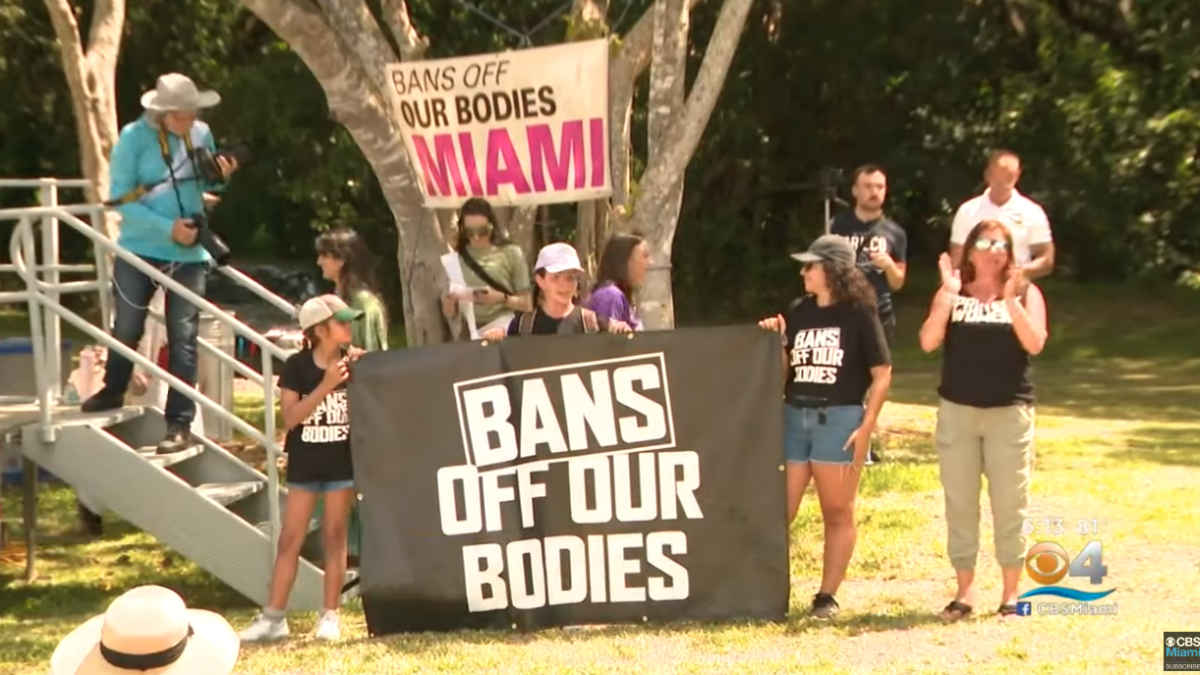
The slippery slope argument was correct. In just three short years, the discussion has morphed from debating Jefferson Davis’ place in modern America to activists fantasizing about erasing the sculptures of George Washington, Thomas Jefferson, Abraham Lincoln, and Theodore Roosevelt from the face of Mount Rushmore.
Unfortunately, we are still traveling down that slippery slope because Democrats have no shortage of imagination. With the support of Senate Republicans, Sen. Elizabeth Warren has successfully attached an amendment to the 2021 National Defense Authorization Act designed to erase any mention of the Confederacy from Department of Defense property.
Her amendment, found in Section 377 of the legislation, has been billed as an effort to rename American military bases named after Confederate soldiers. It would require the federal government to “remove all names, symbols, displays, monuments, and paraphernalia that honor or commemorate the Confederate States of America … or any person who served voluntarily with the Confederate States of America from all assets of the Department of Defense.”
It is true that the namesakes of iconic military bases including Fort Hood, Fort Benning, and Fort Bragg fought on the Confederate side of the Civil War. While it is undoubtedly easier to brand these men as racist Confederates and call it a day, that fails to tell the story of why these bases bear their names. Human beings are complicated and complex, and therefore so is their history. Hindsight reveals that good people sometimes end up on the wrong side of conflict.
John Bell Hood Displayed Unmatched Tenacity
As an example: Fort Hood is named after John Bell Hood. A graduate of West Point, Hood served in the U.S. Army on the frontier and was shot by an arrow during one of his patrols. Had the Purple Heart been awarded back then, Hood would have received it. Yes, Hood eventually resigned his commission and joined the Confederate Army after secession, and held personal and political beliefs that are repugnant today.
But that is not why Fort Hood exists. The military base in Killeen, Texas, bears Hood’s name because, by all definitions, Hood was one of the bravest and most tenacious men in American military history. At the Battle of Gettysburg, Gen. Hood led his men in a charge against the Union troops holding Little Round Top. During the advance, Hood was hit by an exploding artillery shell that crippled his left arm and rendered it immobile, dangling at his side.
Hood’s contemporaries encouraged him to resign his commission and explained there would be no disgrace in retiring given his injuries. Hood, however, had other plans. Once he was healed, he demanded a reinstatement and regrouped with his men at the Battle of Chickamauga.
On the third day of the battle, Hood was once again wounded. A bullet shattered his femur, forcing doctors to amputate the leg just four inches below the hip. They had so little confidence Hood would survive, the doctors discharged him with his amputated leg so it could be buried with him.
Hood survived and recovered. Again, he was pressured to resign his commission, but again, he pressed on. Not only did he demand to be reinstated, but he convinced Jefferson Davis to give him a promotion.
This man lost an arm at Gettysburg and a leg at Chickamauga. For the final year of the war, the Texas Brigade was led by a one-armed, one-legged general who had to be physically strapped to his horse so he wouldn’t fall off. That is why the Army chose in 1942 to name its new base after Hood. It wasn’t to glorify the Confederacy or to glorify the institution of slavery.
Hood’s story is being completely lost in this debate over Civil War symbols. Activists are reducing him to a racist, Confederate soldier and signaling that he deserves to be forgotten.
Nancy Pelosi Knows Nothing about History
Take former Speaker of the House Charles Crisp as another example. Last month, current House Speaker Nancy Pelosi ordered Crisp’s painting in the Speaker’s Lobby to be taken off the wall because he fought for the Confederacy. Many cheered Pelosi’s decision as long overdue, but no one mentioned the fact that Crisp joined the Virginia Army when he was just 16.
Crisp’s parents were immigrant actors in a traveling Shakespeare troupe and just happened to be performing south of the Mason-Dixon line when war broke out. Had they been performing in Maryland or Delaware instead, Crisp likely never would have joined the Confederate Army.
That Crisp joined the Virginia Army when he was just 16 years old, however, is apparently sufficient reason to remove his painting from the halls of Congress and act like he never went on to serve as the 33rd speaker of the House in a reunited United States.
Destruction Isn’t Justice
Across this country, Confederate graves and memorials are being defaced and defiled. In Silver Spring, Maryland, a memorial honoring 16 unnamed soldiers was broken in half and graffitied last month. How can anyone possibly justify the destruction and vandalization of a grave site honoring soldiers too bloodied and disfigured to be identified? How can anyone possibly claim the dead “deserve it” when no one genuinely knows who they are?
Warren’s amendment to rename military bases would also require that the 106-year-old Confederate Memorial in Arlington National Cemetery be removed. Four hundred eighty-two Confederate soldiers are buried in a circle around that memorial. That monument cannot be destroyed or removed without also defacing the graves themselves.
While Warren has gracefully added an exception to her amendment that would spare the Civil War dead from having their gravestones destroyed or their bodies exhumed, the amendment would make it illegal for the cemetery to direct people to where the Confederate dead are buried because that would “honor or commemorate” the Confederacy. In other words, the graves can remain, but visitors aren’t allowed to know where they are.
Progressives Are Undoing Progress
Reconstruction after the Civil War was hard, but reconciliation was even harder. It would have been far easier to simply punish anyone who had served in the Confederate Army. But to pursue Lincoln’s dream of an American house undivided, all Confederate soldiers (with the exception of bona fide war criminals) were offered full pardons.
It is in this spirit of reconciliation that every president since Theodore Roosevelt has laid a wreath at the Confederate Memorial in Arlington National Cemetery, not to honor the Confederacy, but in recognition of the fact that as misguided as the soldiers may have been, they were not inherently evil.
We, as a country, have spent the last century-and-a-half trying to heal the wounds of the past. In just a few short weeks, the left has succeeded in undoing it all. Time will tell whether they are successful in this push, and whether conservatives try to appease the mob or stand up to this lunacy.
It is hard to imagine anything more pathetic than believing that justice requires posthumously punishing Civil War dead.









